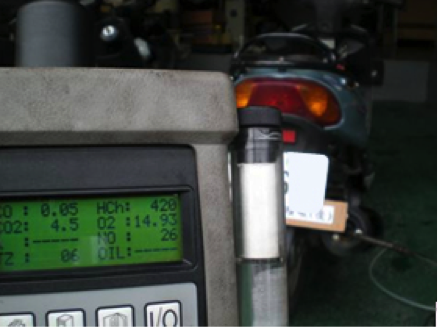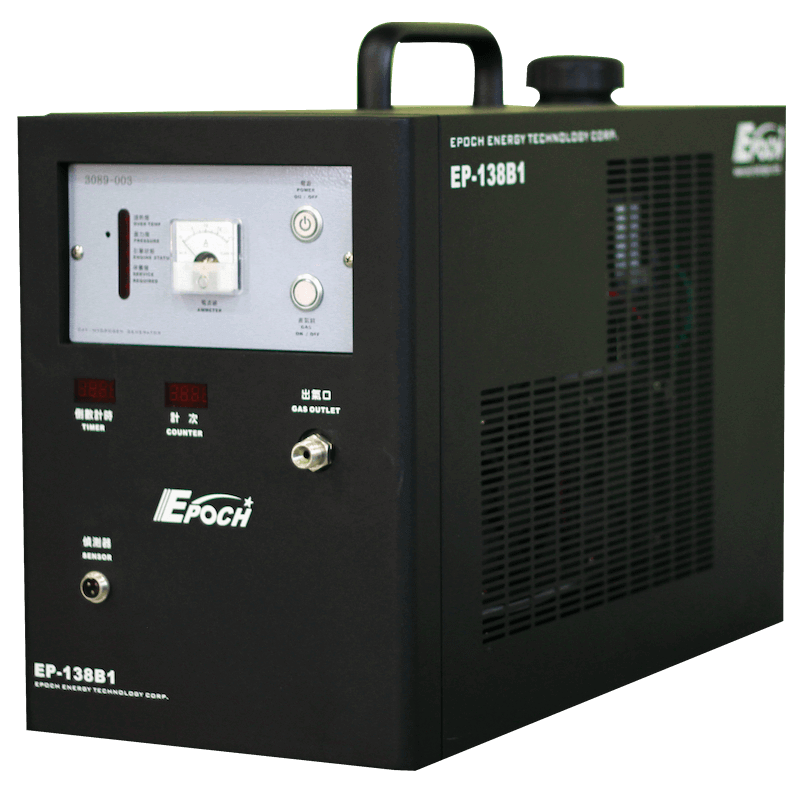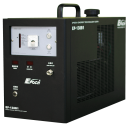EP-138B1 Locomotive engine carbon removal machine
Gasoline, diesel and other fuels are hydrocarbons themselves. The incomplete combustion and a small amount of tar in the engine room cause carbon deposits in the engine room, which affects the combustion efficiency of the engine, thereby reducing the horsepower torque of the vehicle and increasing the fuel consumption of the vehicle. Friendship Technology successfully developed the world's first [hydrogen molecular carbon removal technology], won the 2011 International Environmental Energy Award - Global Energy Award Energy Globe Award and 2013 Taiwan Excellence Award, also won the Ministry of Economic Affairs SME Innovation Research Award, China Automotive Products Many of the industry's top ten well-known brands, low-carbon Chinese automotive supplies industry leading brands and China's car repair and maintenance 20 best repair tools and many other awards have been sold in Taiwan and many countries. Eliminate the use of toxic and corrosive chemicals to remove carbon from vehicle engines in the most environmentally friendly way. The principle is to electrolyze water to produce hydrogen and oxygen molecules, introduce hydrogen and oxygen molecules into the engine combustion chamber with air, and use a large amount of hydrogen and oxygen molecules in the engine combustion chamber. The combination of carbon deposits, combustion and cracking of the carbides, HC, CO, CO2. Due to environmental protection and easy operation, hydrogen and oxygen removal technology has become a popular trend in the field of vehicle warranty!!
feature of product:
The world's first ultra-fine hydrogen-oxygen molecular car engine unique carbon innovation technology, the traditional chemical use method, the direct introduction of hydrogen and oxygen gas
The engine cleans up the accumulated carbon deposits of the cylinder for a long time, improving engine efficiency, enhancing horsepower and reducing exhaust emissions.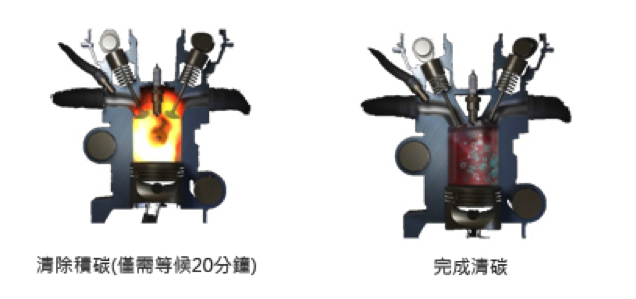
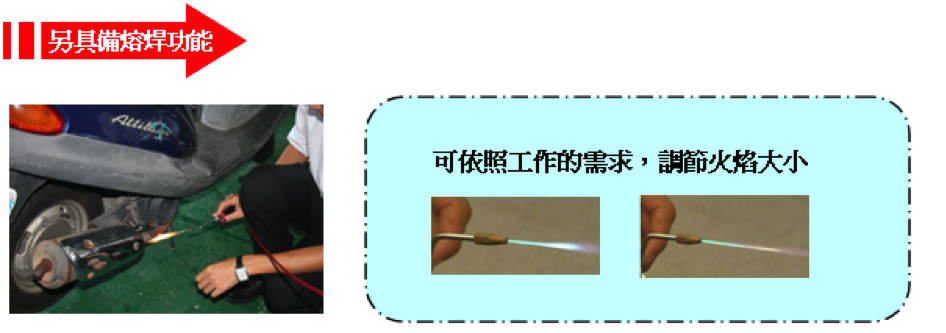
|
Model Number |
EP-138B1 |
|
Supply AC power (V, Hz) |
110 |
|
Working DC current (A) |
5 |
|
Maximum operating power (kW/h) |
0.6 |
|
Working pressure (kg/cm2) |
1.0 |
|
Maximum water consumption (L/h) |
0.1 |
|
Weight (kg) |
21.5 |
|
Size - length * width * height (mm) |
250x535x440 |
|
Reserved space (mm) |
200(front, rear, left and right) |
Examples of locomotive engine carbon removal are as follows:
Date of inspection:09-06-19
Label: YAMAHA Exhaust volume: JOG100 Years: 2003 kilometers: 38899
|
Test items |
Pre-carbon deposition |
Clear 10min |
20min |
After carbon deposition |
Gas reduction ratio |
|
CO (%) |
2.32 |
0.89 |
0.6 |
0 |
100% |
|
HC (ppm) |
297 |
229 |
212 |
90 |
70% |
|
CO2 (%) |
6.8 |
7.7 |
12.1 |
0.9 |
87% |
|
O2 (%) |
9.48 |
9.77 |
3.96 |
19.73 |
-108% |
|
NOx (ppm) |
48 |
34 |
59 |
12 |
75% |
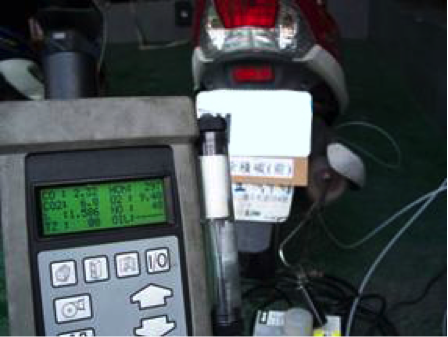
(1) Pre-carbon deposition
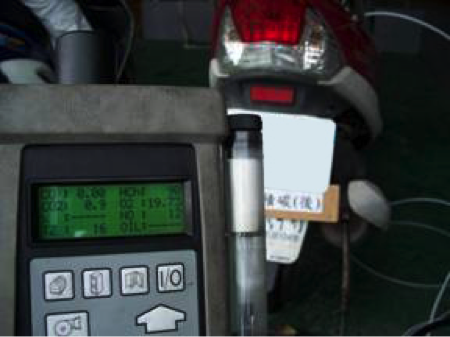
(2)After carbon deposition
Examples of locomotive engine carbon removal are as follows:
Date of inspection:09-06-19
Label: KYMCO Exhaust volume: GP-125 Years: 2006 kilometers: 16875
|
Test items |
Pre-carbon deposition |
Clear 10min |
20min |
After carbon deposition |
Gas reduction ratio |
|
CO (%) |
5.22 |
0.76 |
0.17 |
0.42 |
92% |
|
HC (ppm) |
409 |
202 |
164 |
172 |
58% |
|
CO2 (%) |
4.9 |
9.5 |
9.9 |
4.3 |
12% |
|
O2 (%) |
13.83 |
7.8 |
7.75 |
14.98 |
-8% |
|
NOx (ppm) |
16 |
113 |
135 |
20 |
-25% |
(1)Pre-carbon deposition
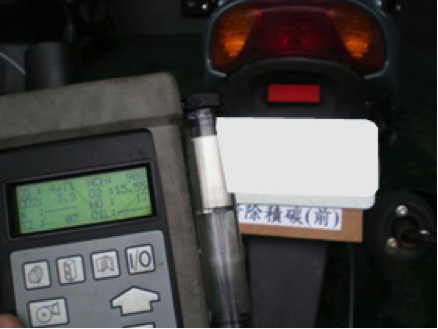
(2)After carbon deposition
